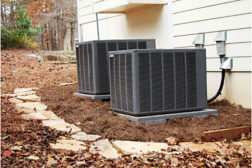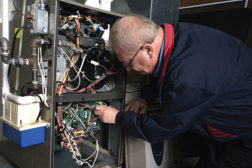Home » regulations for HVACR
Articles Tagged with ''regulations for HVACR''
House Pushes for Regulatory Accountability
New Bill Requires Thorough Analyses, Increased Stakeholder Participation
Read More
ACCA CEO Foresees Regulatory Challenges
Paul Stalknecht Urges Contractors to Take Action, Get Involved
Read More
DOE Proposes National 92% AFUE Standard
New Standard Would Effectively Eliminate Non-condensing Furnaces in US
Read More
Organizations Explore Biomass
Biomass Studied for Inclusion in Co-sponsored Green Building Standard
March 9, 2015
Zoning Embraces Connected Homes
Mobile Apps, Wi-Fi-capable Devices, and Interconnectivity Dominate Zoning Discussions
Read More
Preparing for a Future Without R-22
Production, Importation of the Hydrochlorofluorocarbon to Cease in 2020
Read More
Copyright ©2024. All Rights Reserved BNP Media.
Design, CMS, Hosting & Web Development :: ePublishing













